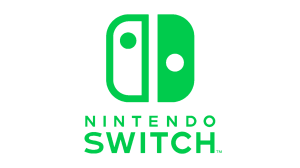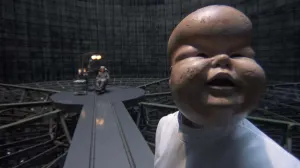It’s been nearly two years since Netflix bet large on Mark Millar and his Millarworld properties, and the first project from that deal is finally available to the masses. Jupiter’s Legacy dropped on the streaming service in the twilight hours on Friday morning, introducing binge-watchers to a live-action adaptation of a comic series bearing the same name, created by Millar and Frank Quitely six years ago. With a handful of Millarworld projects in active development at the streamer, it’s clear Ted Sarandos and friends are hoping for the properties to be a heap of gold that the company can mine for the immediate future.
Videos by ComicBook.com
Unfortunately for Netflix, their Millarworld adaptations are off to the rockiest of starts.
In the source material, the Jupiter’s Legacy world encompasses four volumes of comics, with five to six issues each. Technically, the world involves two separate titles — two volumes (10 issues) of Jupiter’s Legacy, and an additional two volumes (12 issues) of a prequel called Jupiter’s Circle. A fresh take on superheroes, the story follows The Union as they manage to get powers and fight crimes like a regular ol’ Justice League, with some additional political intrigue and backstabbery interwoven to help spice things up.
In the live-action series, it takes bits and pieces of every volume to craft its story and place the characters — played by Josh Duhamel, Leslie Bibb, and others — in two separate timelines.
It’s here that the show really begins to falter. The timeline in the past is set during the height of Prohibition, featuring Duhamel’s Utopian/Sheldon Sampson after he begins to go mad after the death of a family member. The vast duration of flashbacks then deal with the supporting characters shunning Sheldon as nothing more than a crackpot, a redundant plot thread used by the show ad nauseam through three-quarters of the series.
Worse yet, the show leaps back and forth between past and present more frequently than not, sometimes at the most peculiar of times. Though this does get better as the series moves along, the ensemble being involved throughout two separate timelines causes major confusion early on.
The flashback plot — which eventually unveils how the superheroes receive their powers, but not until the final episode — takes up a substantial amount of time. The pacing of the flashback moments moves at a crawl and doesn’t do much in the realm of character development, as everyone involved in the past carries virtually the same exact characteristics and personalities in the present timeline.
That present timeline is where the show succeeds, giving fans of superhero cinema a handful of blockbuster-type action pieces and chase sequences. While some of those present-day fights are reminiscent of something from say The Flash or even Spy Kids, more often than not, both the fight choreography and effects are cinema-quality.
It’s also the present-day story that’s better constructed and gives fans a solid character-driven story. Actors like Bibb and Andrew Horton (Brandon Sampson/The Paragon) shine here, despite being underutilized. Those who have read the comics will know Brandon has a major role in that version of the story and here — at least as of now — that’s simply not the case. As for Bibb (Grace Sampson/Lady Liberty), she often serves as the moral backbone of the story and is arguably the most likable of the bunch.
Jupiter’s Legacy most certainly gets better as it goes along but by the time it really gets palatable, the end credits begin to roll on the final episode. It’s different enough from the mainstream cape flicks put out by Disney and Warner Bros., but that’s largely because it’s a tonal mismatch that gets pulled in three too many directions.
Rating: 2 out of 5
Jupiter’s Legacy is now streaming on Netflix.








